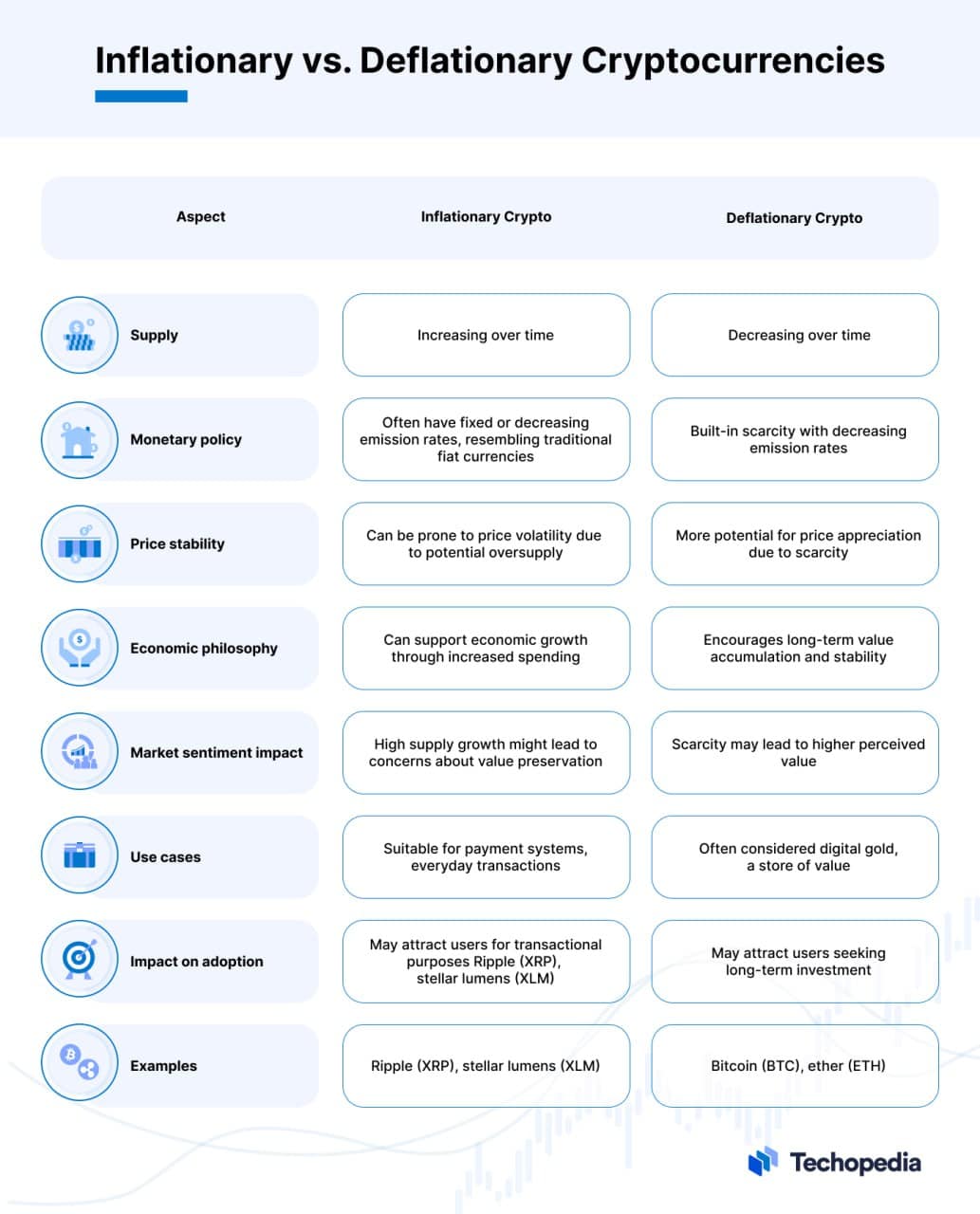What is Pepe Coin?
Pepe Coin ($PEPE) is a popular memecoin built on the Ethereum blockchain. Since its public launch in April 2023, Pepe Coin has quickly become one of the most-traded cryptocurrencies.
In contrast to dogecoin (DOGE), which took almost four years for its market capitalization to surpass $1 billion, Pepe Coin reached the same benchmark within three weeks of its launch. Although the price of $PEPE has been extremely volatile since then, the number of individual holders continues to increase steadily.
Ironically, the Pepe Coin official website says that Pepe Coin is intended for entertainment purposes only; its tokens have no intrinsic value and there should be no expectation of financial return. In reality, however, over a hundred thousand investors have purchased $PEPE and the memecoin has already been recognized by major exchanges, including Bybit, Gemini, and Binance.
How Pepe Coin Works
$SPEPE has a maximum supply of 420,690,000,000 tokens. 93.1% of them are in the liquidity pool and the remaining 6.9% are allocated to a multi-signature wallet for future use.
Pepe Coin employs a deflationary mechanism that burns a small percentage of tokens with each transaction to create scarcity and potentially increase the value of the remaining tokens over time.
Additionally, it uses a redistribution system in which a portion of every transaction gets distributed to existing token holders to encourage user engagement and long-term investments.
How to Purchase Pepe Coin
In order to purchase Pepe Coin, investors need to set up a MetaMask, Coinbase, or Uniswap wallet that can send and receive Ethereum and other ERC-20 tokens. Once the wallet is set up, the user can swap ETH for $PEPE.
It is important to note, however, that investing in Pepe Coin comes with risks because currently, a small number of investment whales hold large amounts of this altcoin, and their trading activities have already caused sudden price swings.
The Future of Pepe Coin
Pepe Coin’s rapid rise to prominence is often attributed to several high-profile purchases that caught the attention of the cryptocurrency community on social media sites, especially Twitter.
The unofficial roadmap for Pepecoin has three phases: The first phase focused on launching the coin and promoting it through Twitter. The second phase is focusing on community partnerships and getting listed on Tier 1 centralized cryptocurrency exchanges (CEXes). The third phase is expected to establish a Pepe Academy and promote Pepe merchandise.
History of Pepe the Frog
Pepe the Frog is a cartoon character that was created by artist Matt Furie for his comic book “Boy’s Club,” which was first published in 2005. Pepe, who was characterized as a peaceful and good-natured frog, became a popular internet meme and was widely shared across various social media platforms.
During the 2016 U.S. presidential election, however, the character was co-opted by various online communities and used in numerous memes that spread hate speech, racist ideologies, and other forms of discriminatory content. In response, Furie partnered with the Anti-Defamation League (ADL) to reclaim the character’s original, more positive context through various means, including a “Save Pepe” campaign.
Although Matt Furie has the legal right to seek compensation for any commercial use of his creation, he does not appear to be actively pursuing copyright claims against the creators of Pepe Coin at this time.







